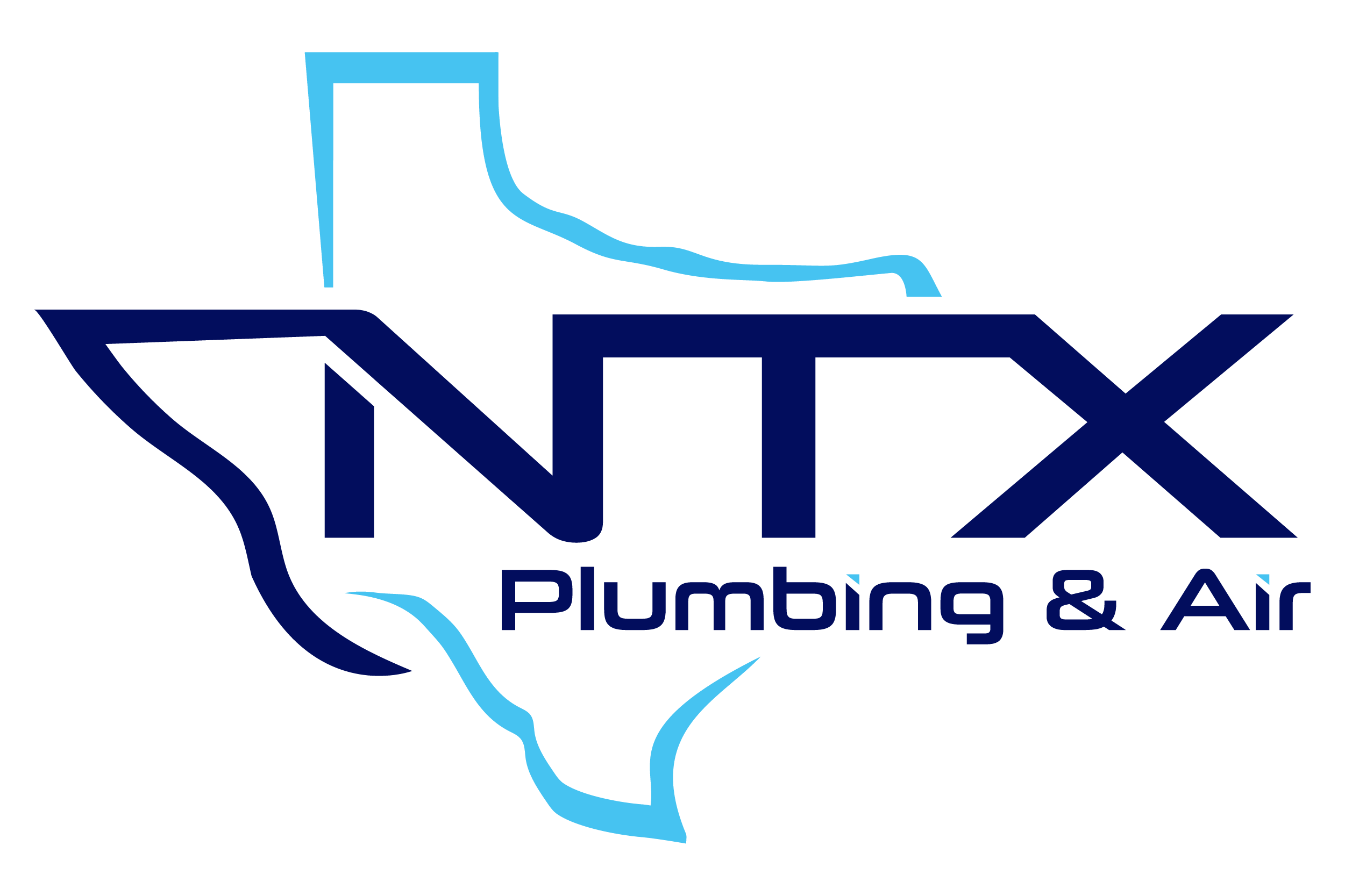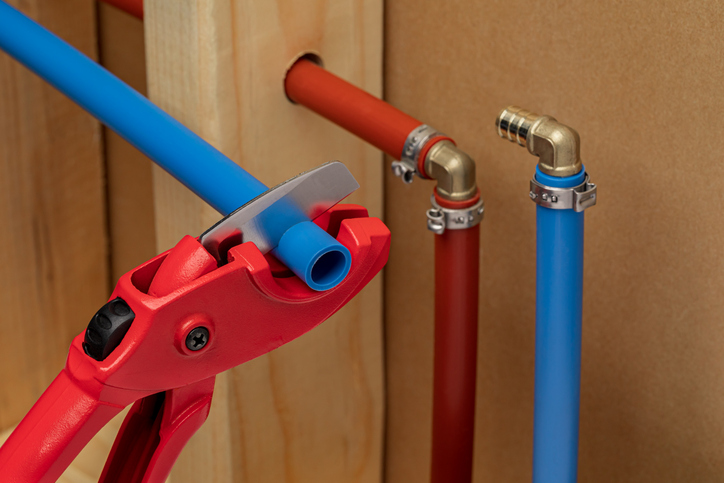Introduction
Whether you’re dealing with frequent leaks, reduced water pressure, or aging infrastructure, replacing your home’s plumbing system is a major investment. Choosing the right material isn’t just about cost—it’s about performance, longevity, and your home’s specific needs. Homeowners exploring repiping in Plano TX, should understand the pros and cons of each material before making a decision. From durability to budget, each choice affects how well your system performs over the decades. Here’s what you need to know to make the right choice for your home.
Choosing the Best Material for Your Repiping Project
1. Copper: Long-Lasting but Pricey
Copper has been the go-to plumbing material for decades, and for good reason. It’s incredibly durable, resistant to corrosion, and has a lifespan of 50+ years. It’s also safe for drinking water and can handle both hot and cold temperatures without warping. However, copper is one of the most expensive options, both in material and labor. In areas with hard water, corrosion may still occur, so routine checks like leak detection in Richardson TX, become essential.
2. PEX: Flexible and Cost-Effective
Cross-linked polyethylene (PEX) has become one of the most popular modern options for residential plumbing. It’s affordable, flexible, and easy to install, especially in tight or complex spaces. PEX is also freeze-resistant, which is a big plus in colder climates. While it’s not designed for outdoor use or long-term UV exposure, it performs excellently inside the home. Many new builds rely on PEX for its balance of performance and savings.
3. CPVC: Affordable and Heat-Resistant
Chlorinated polyvinyl chloride (CPVC) is another budget-friendly material suitable for both hot and cold water lines. It resists heat well and won’t corrode like metal pipes. However, CPVC is more brittle than PEX and may crack under impact or stress over time. It’s also less flexible, which can make installation more complex and may raise your plumbing repair cost in Dallas TX, if sections need to be replaced later.
4. PVC: Best for Drainage, Not Supply
PVC pipes are widely used in drainage and waste systems thanks to their affordability and ease of use. They’re not suitable for hot water lines but perform well for vent and waste systems. Lightweight and resistant to chemicals, PVC is a practical addition to many parts of your home’s plumbing layout. However, it’s not an all-in-one solution and usually complements other piping materials in a full upgrade.
5. Galvanized Steel: Outdated and Problematic
If your home still uses galvanized steel pipes, it’s time to consider an upgrade. These pipes corrode from the inside out, which restricts water flow and contaminates water quality. Galvanized pipes are heavy, hard to work with, and prone to leaks over time. Modern plumbing codes rarely recommend them anymore, and replacing them improves both system efficiency and safety.
Choosing the right pipe material for your home is more than a plumbing decision—it’s an investment in your property’s comfort and safety. Each material has its strengths, from copper’s durability to PEX’s flexibility. Factors like water quality, climate, and budget all play a role in what works best for your specific situation. Before committing, consult with a licensed plumber who understands both local codes and your home’s layout. The right choice now can save you years of stress and costly repairs.
Conclusion
From start to finish, we’ve got your back. Call our team at NTX Plumbing today and enjoy smarter plumbing that’s built to last.
📌Visit NTX Plumbing for fast, friendly, and reliable Plumbing, Heating & HVAC services—proudly serving and supporting your local community!
Fresh Pipes, Fresh Start
- Revitalize Your Kitchen: Upgrading Plumbing Systems with Repiping
- Why Homes with Galvanized Pipes Should Consider Immediate Repiping





